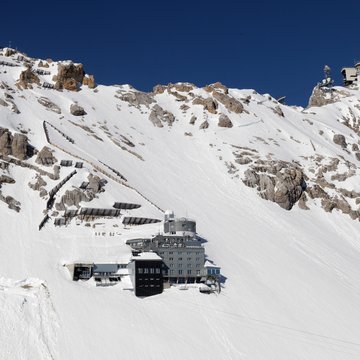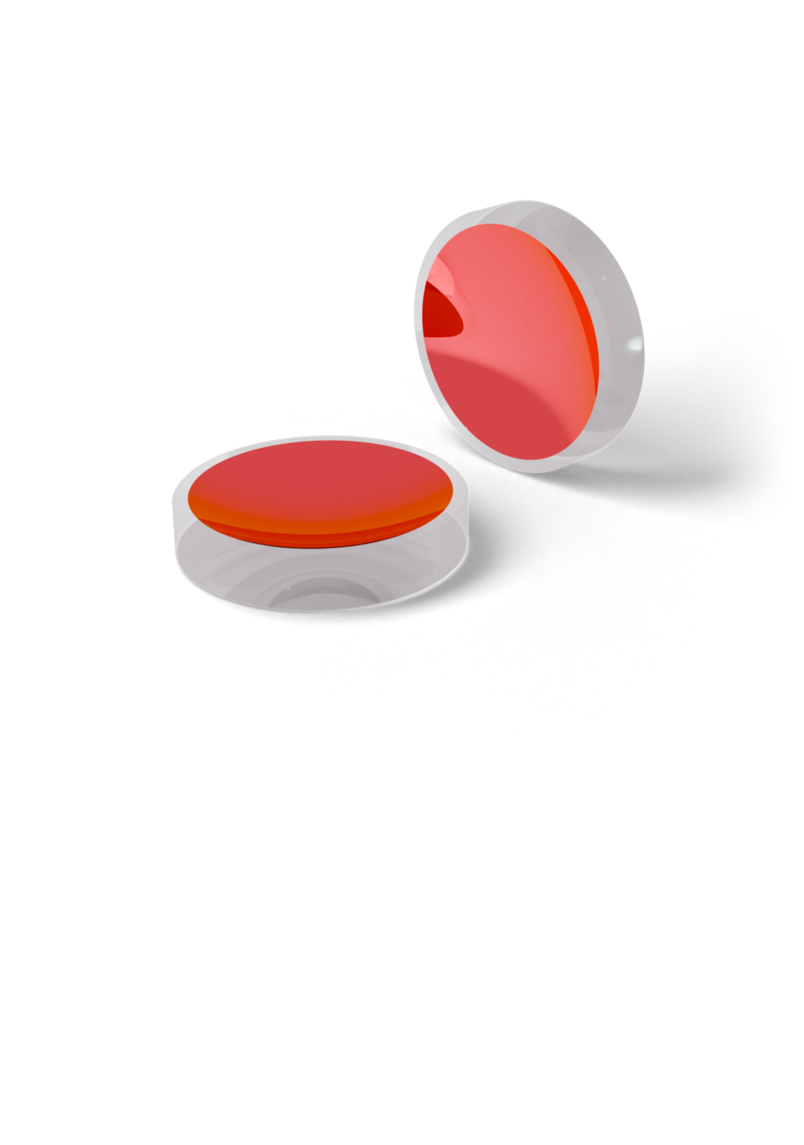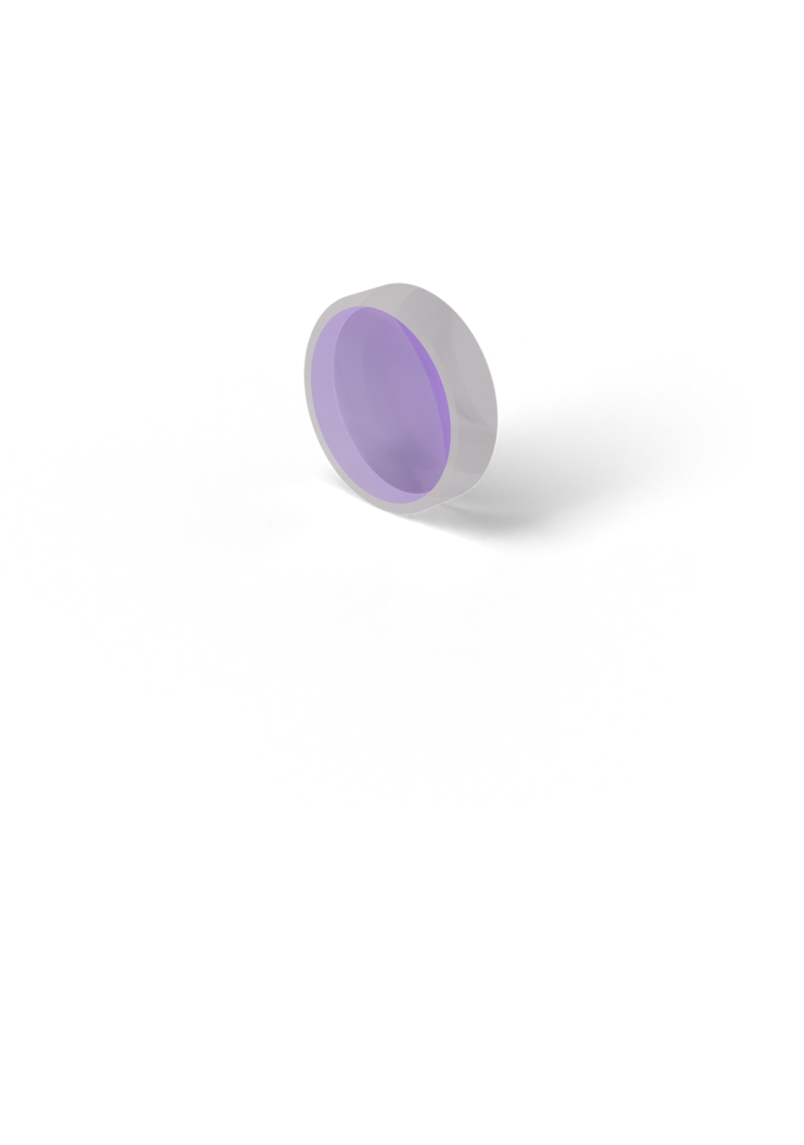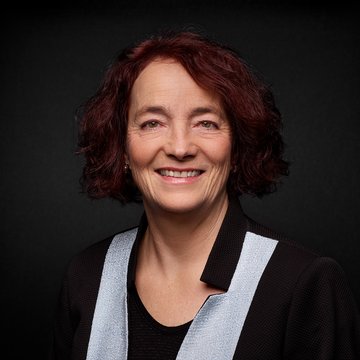Sophisticated LiDAR Telescopes Measure Water Vapor
Good Atmosphere
Beyond Borders
The natural greenhouse effect has always determined our climate and played a significant role in making our planet habitable. The average temperature on the Earth’s surface is currently a rather pleasant 14°C, which creates optimal conditions for various vegetable and animal life to prevail. This effect is caused to a large extent (approx. 60 % ) by the water vapor contained in the atmosphere. Together with other gases like carbon dioxide (CO2) and methane (CH4), it reflects the heat radiation of the planet and prevents it from “disappearing” into space. Without this effect, the average temperature on Earth would be around -18°C. However, water vapor plays another crucial role in the greenhouse effect, i.e., the so-called water vapor feedback effect. This refers to the effect by which the warmer the Earth’s atmosphere becomes, the more water vapor it can absorb. This increases heat reflection, and the atmosphere heats up even more. Scientists assume that a similar “galloping greenhouse effect” occurred on Venus millions of years ago and was responsible for the average temperatures of around 440°C that prevail today due to the particularly dense atmosphere of our neighboring planet.
Specific Wavelengths
Beyond Borders
Therefore, it is more than understandable that scientists are interested in learning more about the water vapor in our atmosphere. For this purpose, they rely on optical methods such as differential absorption LiDAR (DIAL) and Raman LiDAR. Unlike the distance meters that are “commercially available” and that we have presented in previous issues (e.g., Photonics News 80, 84, and 85), these two technologies are capable, among other things, of determining the concentration of certain substances. For this purpose, DIAL simultaneously sends two laser beams with closely adjacent wavelengths into the atmosphere. The first wavelength – the so-called “online wavelength” – is selected so that it can be absorbed as strongly as possible by the molecule to be measured. Its counterpart, the “offline wavelength,” is absorbed as little as possible, and ideally not at all. It serves as a reference value for the measurement. From the difference of the reflected light components, information about the gas density of the molecule being searched for can be calculated. Since the wavelengths are exactly matched to the absorption behavior of a specific molecule, this method can only be used to measure one specific gas (e.g., water vapor). In addition, general conditions such as the daytime temperature must be considered in the calculation.1
Shifted Reflections
Beyond Borders
The second method is used to measure inelastic Raman scattering. A part of the light interacts with the molecules it encounters. Characteristic oscillations occur in the molecule that scatter the light back at a different wavelength. This so-called Raman backscattering is specific for each molecule and thus allows conclusions to be drawn about the molecular composition of a layer of air. Unlike DIAL, the Raman effect does not depend on the wavelength of the emitted beam. Therefore, essentially any monochromatic light source with enough power to penetrate the higher levels of the atmosphere can be used for this method. Furthermore, it must be considered that the Raman signal is significantly less intense than classic Rayleigh scattering. For these two reasons, short-wavelength lasers are preferred in research. They have both high energy and the effect that the Raman signal is more clearly visible at short wavelengths.²
Peak Performance
Beyond Borders
Since both methods have their advantages and disadvantages, the best results can be achieved with a combination of both. In Germany, several projects are currently underway for the long-term observation and monitoring of water vapor in the atmosphere. One of the most important measuring stations is located at the Schneefernerhaus directly below the Zugspitze summit at an altitude of 2656 meters. At this altitude, measurements are less frequently affected by clouds or fog. These moist layers of air would scatter the laser beam too much. Also, impairment due to environmental pollution and other particles – so-called aerosols – is considerably less in the comparatively clear mountain air. The Karlsruhe Institute of Technology (KIT) operates a powerful DIAL telescope on the highest mountain in Germany, which can carry out measurements up to a height of 12 km. For this purpose, scientists use a tunable Ti:sapphire laser, which is pumped by a frequency-doubled Nd:YAG laser (532 nm).3 For several years now, the facility has had a specially developed Raman LiDAR available, which is operated with a high-energy excimer laser (308 nm).4 This system can even deliver values from heights of more than 20 km.
| 1 | mediatum.ub.tum.de/doc/1370221/857069.pdf , S.31 |
| 2 | mediatum.ub.tum.de/doc/1370221/857069.pdf , S.31f www.coherent.com/assets/pdf/COHR_case_study_LIDAR_Zugspitze_1218_German.pdf |
| 3 | web.archive.org/web/20160126073351/ imk-ifu.fzk.de/305.php www.epj-conferences.org/articles/epjconf/pdf/2018/11/epjconf_ilrc28_01027.pdf |
| 4 | www.schneefernerhaus.de/fileadmin/web_data/bilder/pdf/Wissenschaftliche_Resultate_15_16.final.pdf www.epj-conferences.org/articles/epjconf/pdf/2016/14/epjconf_ilrc2016_05008.pdf www.coherent.com/assets/pdf/COHR_case_study_LIDAR_Zugspitze_1218_German.pdf |
Uniform Course
Beyond Borders


The wavelengths for DIAL and Raman LiDAR are often generated by frequency doubling. For example, the frequency of an Nd:YAG laser that has a wavelength of 1064 nm is doubled by interaction with nonlinear laser materials. This corresponds to a reduction in the wavelength by half to 532 nm. The higher the intensity of the original beam, the better this transformation works. Therefore, Gaussian mirrors are often used to achieve high beam intensity and increase pump efficiency. These mirrors are also referred to as graded reflectivity mirrors (GRMs) because the degree of reflection decreases along a Gaussian curve from the center of the optics to the edge. Accordingly, the beam has a high intensity once it has passed through the optics. GRMs are always used for the monochromatic light of a certain wavelength. LASER COMPONENTS manufactures standard Gaussian mirrors for the wavelength of 1064 nm. Other wavelengths are available upon request.
Tested Quality
Beyond Borders
The production of Gaussian mirrors is very costly. The biggest challenge is the smooth transition in reflectivity. This is also the decisive quality feature of a GRM. Meticulous quality control is therefore much more important for these optics than for conventional mirrors and lenses. Therefore, this feature is examined in addition to the usual outgoing goods inspection.
The R&D department at LASER COMPONENTS has set up an automated measuring station to examine each Gaussian optic before it leaves the production facility. A continuous-wave laser scans the mirror along its diameter and thus documents the reflection values across its entire width. Only mirrors that meet the customer’s specifications in all criteria are delivered.

Click here














